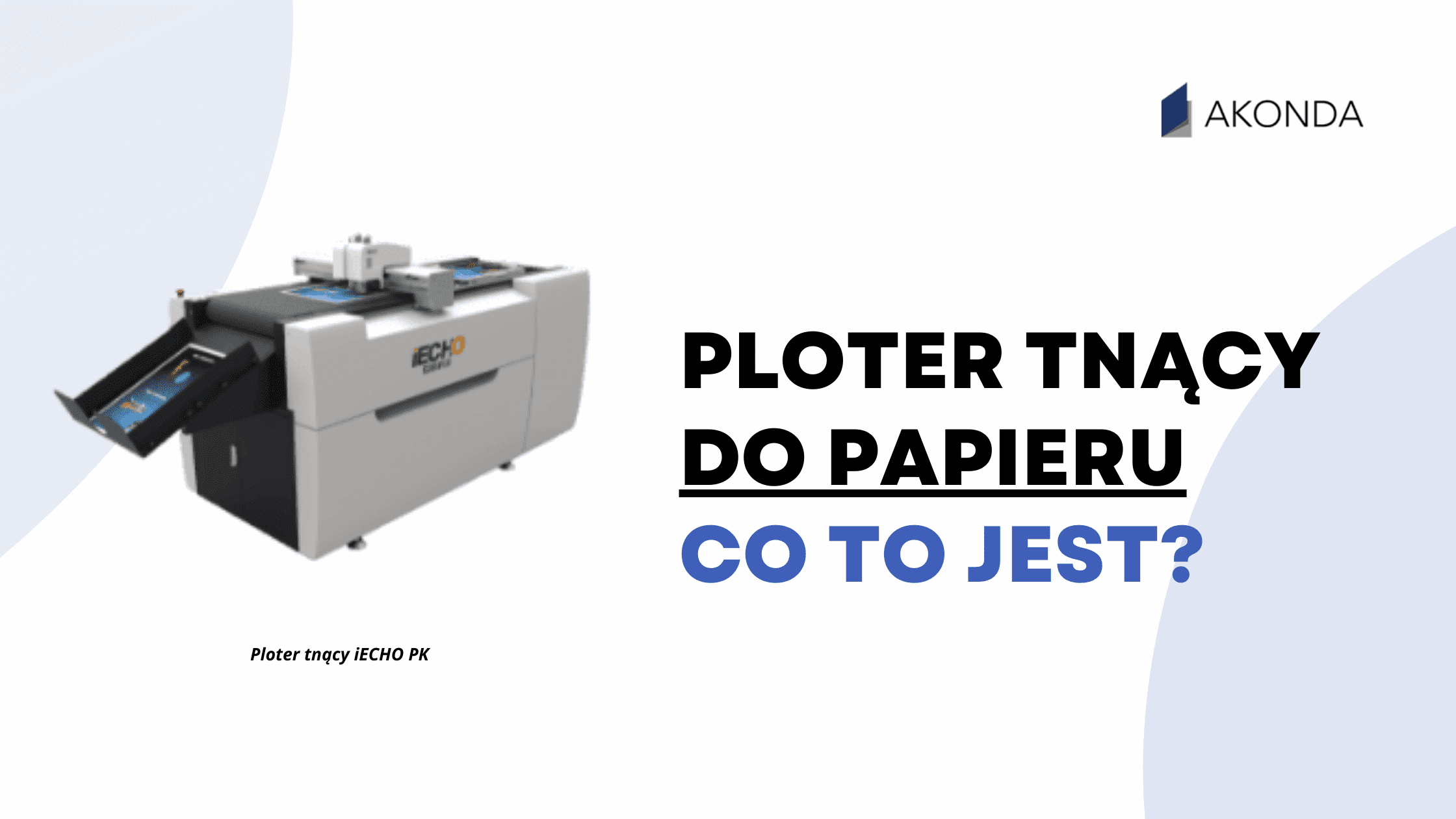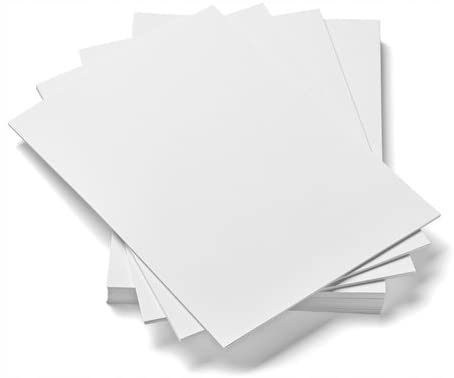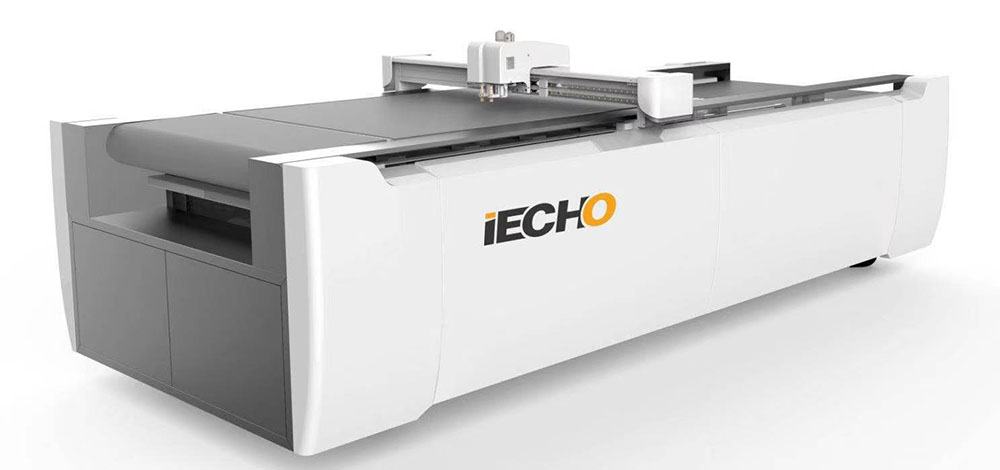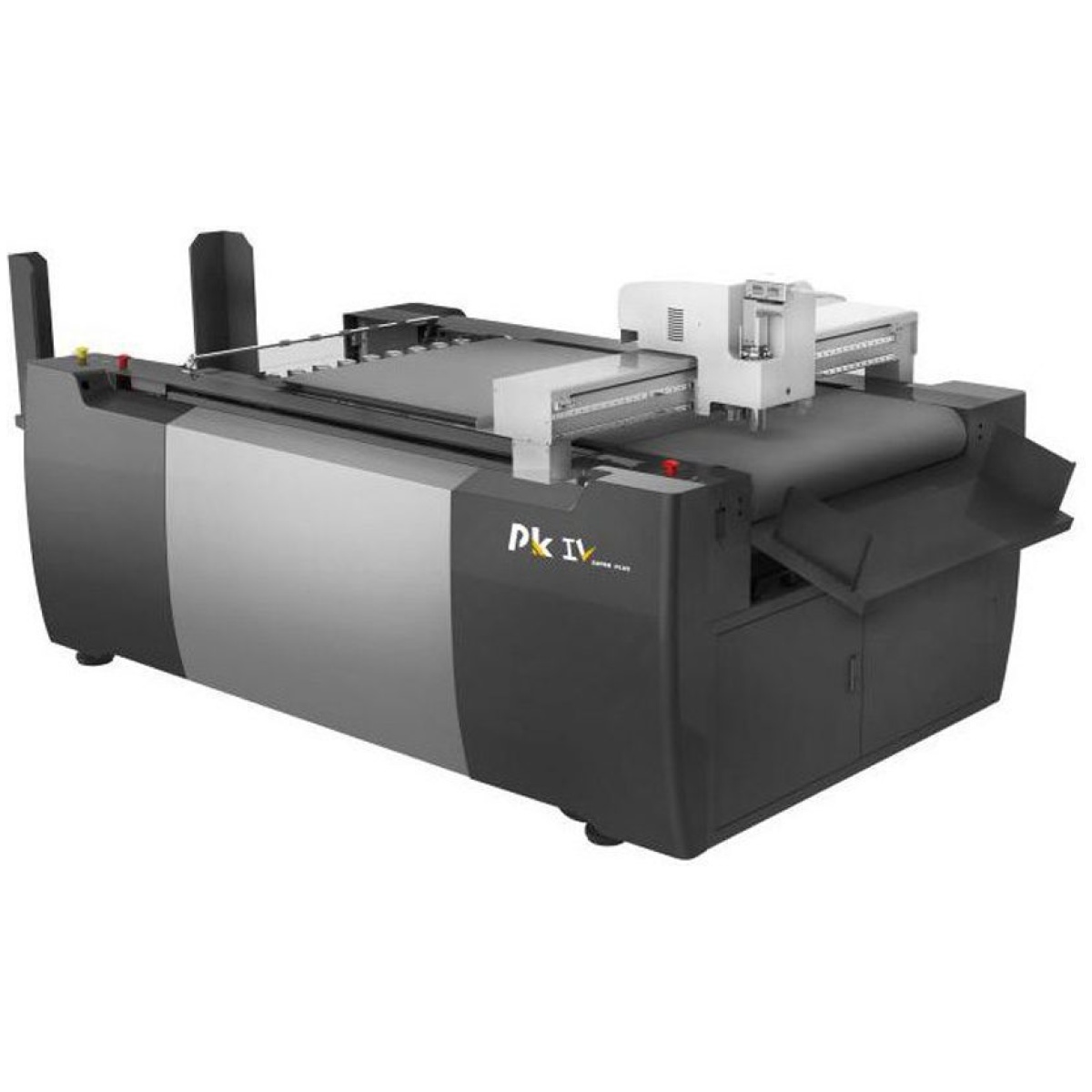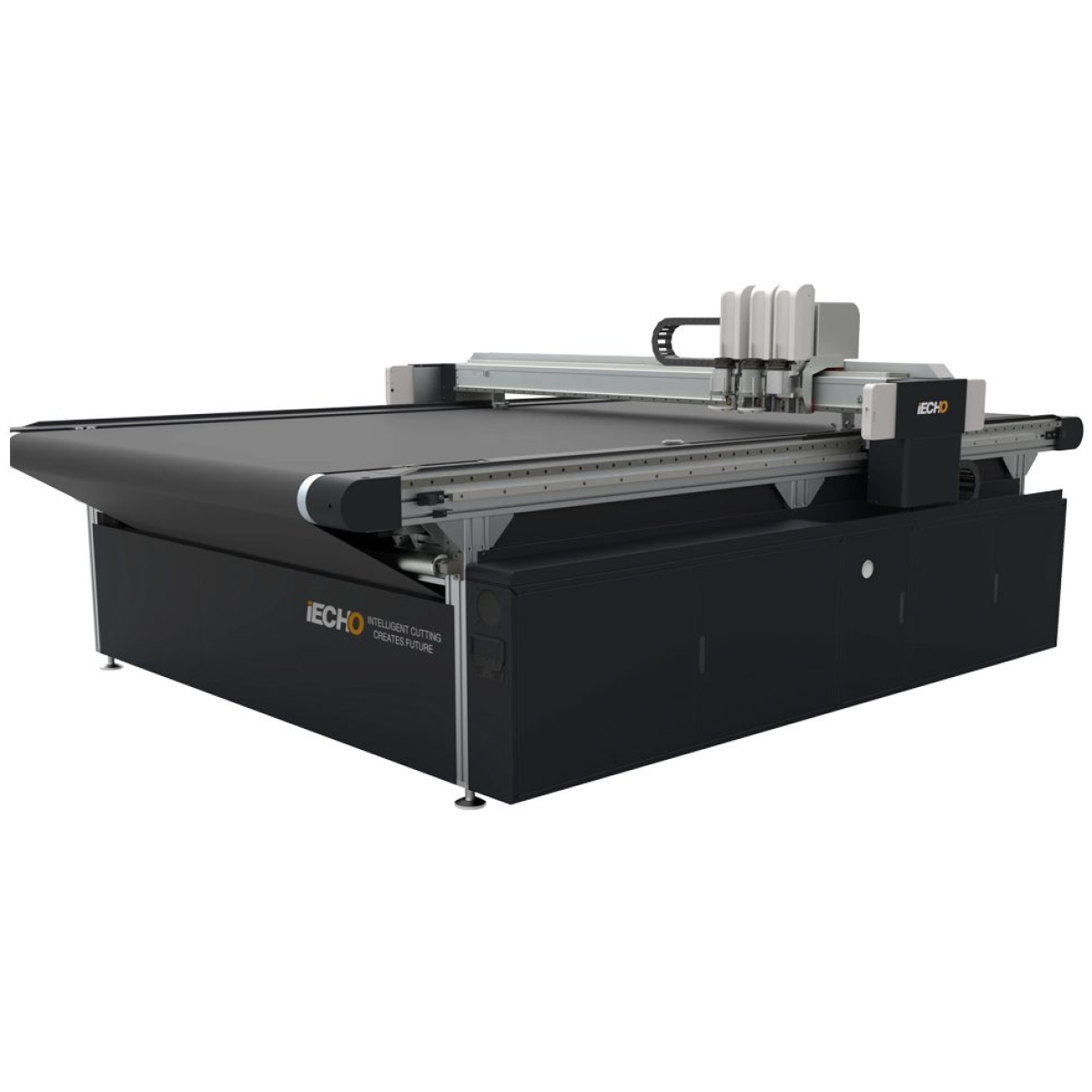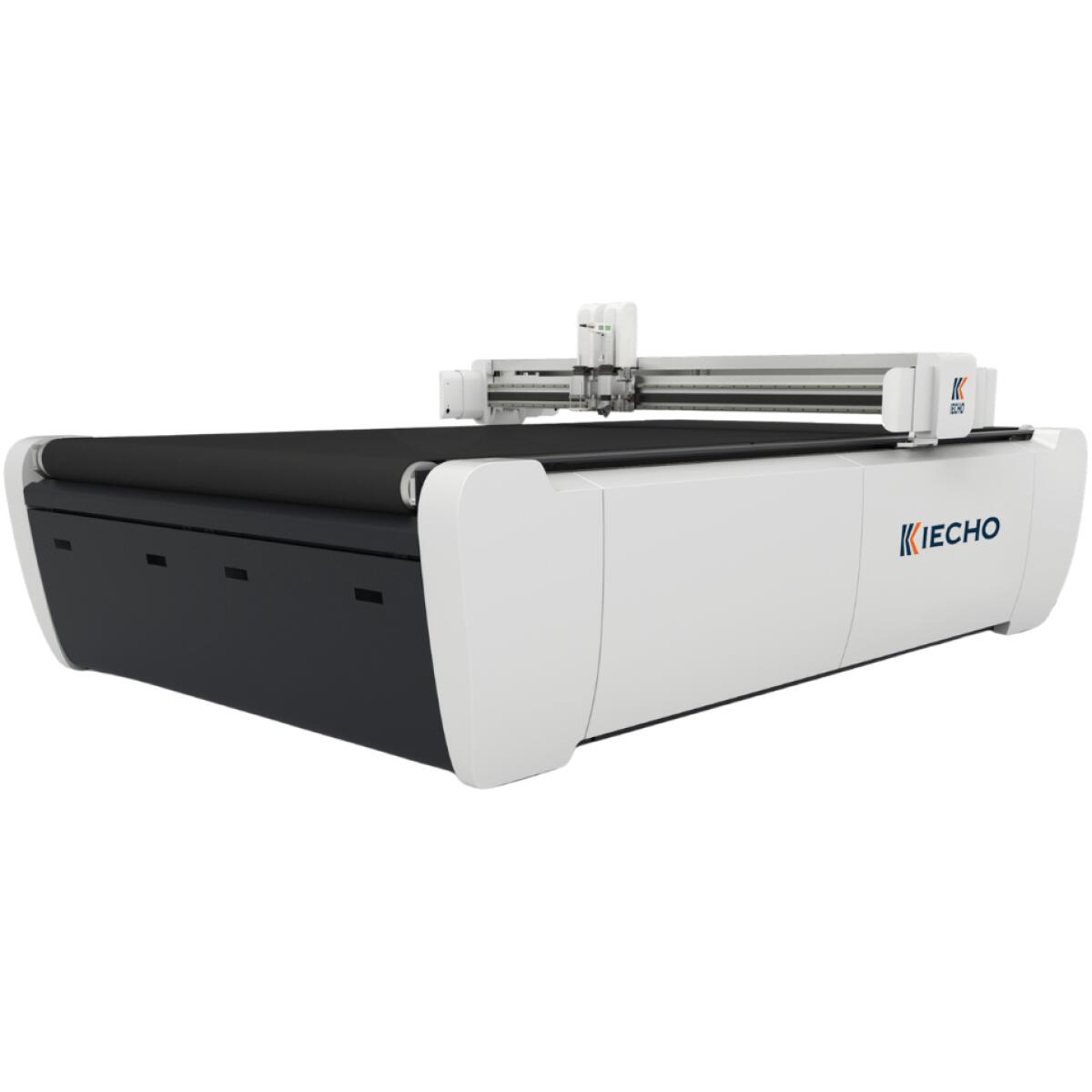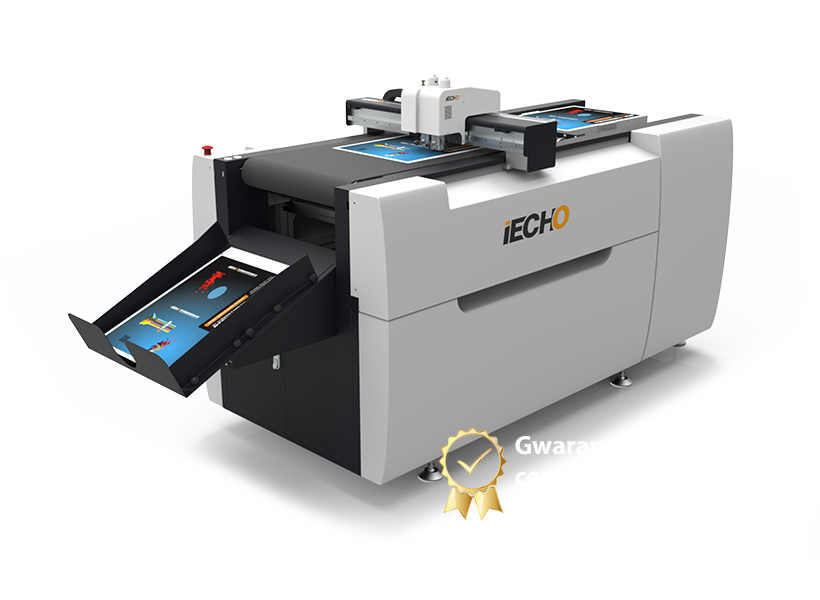Paper cutting plotter - Everything you need to know
A paper cutting plotter is a device that has revolutionized cutting capabilities in print shops and beyond. In this comprehensive article, we will take a closer look at what cutting plotters are, how they work and their applications.
What is a cutting plotter and how does it work?
A cutting plotter is an advanced device used for precise cutting of various materials, including paper, cardboard, films self-adhesive and many others. A key feature of cutting plotters is their ability to integrate cutting with creasing - paper can be cut and creased in a single process for convenient, accurate and aesthetic folding.
How does the cutting plotter work?
The cutting plotter uses information from the vector file to realize precise cuts. The work process of the plotter is as follows:
- Loading vector file into plotter software
- Interpreting the file and transforming it into cutting paths
- Movement of the cutting head over the material according to programmed paths
- Precision cutting of the material with the right tools
Many models of cutting plotters are equipped with a camera, which allows you to read cut marks and precisely cut printed sheets. This feature is particularly useful in the production of advertising materials and packaging.
Does the plotter cut the paper?
Yes, paper cutting is one of the primary tasks of cutting plotters. These plotters effectively replace traditional cutting methods, which required the preparation of die-cuts on wooden plywood. This is particularly advantageous for low runs, where the cost of preparing a traditional die-cutter would be unreasonable.
What kind of paper for a cutting plotter?
Cutting plotters can work with various types of paper and cardboard, including:
- Office paper
- Chalk paper
- Cardboard
- Solid and corrugated cardboard
- Self-adhesive paper
The choice of the right cutting tool depends on the type and thickness of the material to be processed.
Applications of paper cutting plotters
Cutting plotters are widely used in the production of a variety of paper materials:
- Production of advertising materials:
- Folders
- Envelopes
- Invitations
- Christmas and greeting cards
- Business cards
- Production of cardboard packaging:
- Pre-packaging
- Bulk packages
- Advertising displays
- Production of party gadgets:
- Cake toppers
- Girlands
- Pikers (stick-on decorations)
- Packaging Prototyping:
- Quickly create packaging samples
- Testing different designs without having to produce expensive die-cuts
Cutting plotters allow cost-effective production of up to several hundred sheets without the need for an expensive die-cutter. This is particularly advantageous for low-volume and prototype production, where traditional methods would be uneconomical.
Types of paper cutting plotters
In our offer you will find different types of cutting plotters to suit different needs and production scales. Let's take a closer look at the three main series of iEcho brand plotters.
iEcho PK series
PK series iEcho cutting plotters are an ideal choice for digital and offset printing. Their key feature is a built-in feeder, prepared to automatically retrieve sheets of paper from the stack.
The PK series is equipped with the necessary tools:
-
- Drag knives - are fine, precise knives that follow the direction given by the movement of the head. They are ideal for cutting chalky papers and cardboard.
- Oscillating knives - perform an up-and-down motion with high frequency, and their direction is controlled from the program. They are perfect for cutting thicker papers.
- Active knives - are thicker knives, the direction of which is given by the program. They provide precise cutting of a variety of materials.
- Creasing wheel - used to make precise folds in paper and cardboard.
iEcho TK series
The iEcho TK series of cutting plotters is distinguished by the following features:
- Modular design - allows you to choose the size to suit your needs of the sheets to be processed. Available sizes range from 1 x 1.5m to 3.2 x 5.5m working area.
- Possibility to add a sheet or plate feeder - this increases process automation and productivity.
- Up to 3 tool heads can be installed - this allows different operations to be performed at the same time, greatly speeding up work.
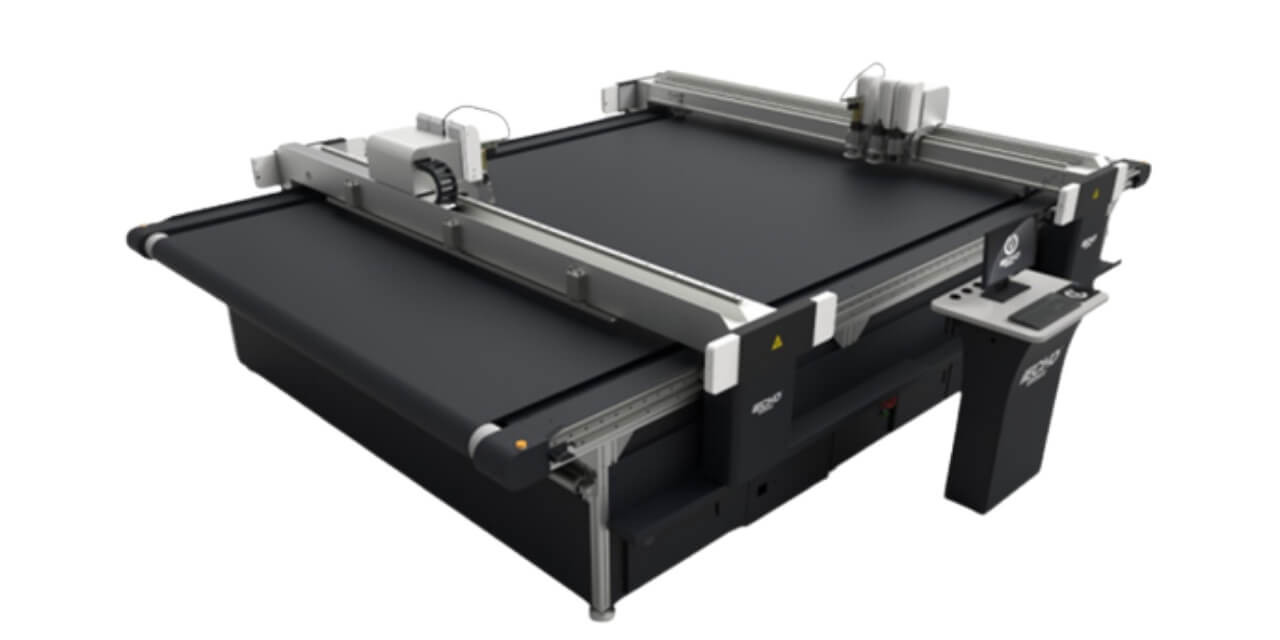
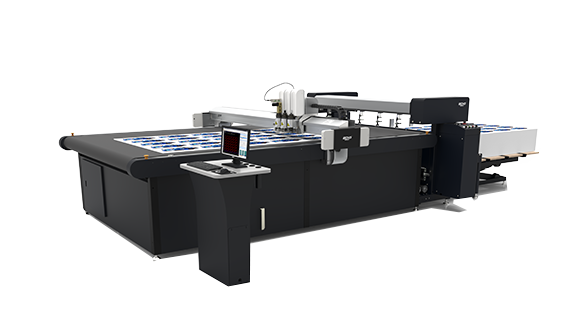
iEcho BK series
The iEcho BK series of cutting plotters is characterized by:
- High operating speed - up to 1.8m/sec, which translates into high productivity.
- The manufacturer's proposed standard sizes - this makes it easier to choose the right model for specific needs.
- Welded steel construction in an aesthetically pleasing housing - this ensures the stability and durability of the device.
Tools for cutting plotters
For TK and BK series plotters, the manufacturer offered a common set of tools. For paper processing, the most common choices are:
- UCT (Universal Cutting Tool) - a universal cutting tool with a knife whose direction is given by information from the program. Ideal for precision cutting of a variety of materials.
- EOT (Electric Oscillating Tool) - an oscillating tool used in the processing of solid and corrugated cardboard. It perfectly handles thicker and more demanding materials.
- CCT (Creasing Cutting Tool) - creasing disc available in different thicknesses and diameters. Allows you to make precise creases in paper and cardboard.
Each of the iEcho plotters can be equipped with a camera to read cut marks and precisely cut printed sheets. This feature is particularly useful for producing complex designs and precisely matching the cut to the print.
Cutting plotters vs. traditional production methods
Cutting plotters are effectively replacing traditional methods of making paper products, which relied on preparing die-cuts on wooden plywood. This is particularly beneficial in the following situations:
- Low cost - when producing a few hundred units, the cost of preparing a traditional die-cutter would be unjustified.
- Prototype production - cutting plotters allow quick and economical creation of samples and prototypes.
- Personalization - the ease of changing the design allows you to create personalized products at no additional cost.
Additional capabilities of cutting plotters
In addition to cutting, many cutting plotters offer additional functions:
- Creasing - creating folds in paper
- Perforation - creating easy tear-off lines
- Drawing - some plotters can be equipped with markers
- Embossing - creating raised patterns
- Foiling - application of metallic foil
What is the difference between a plotter and a printer?
Although both plotters and printers are used to create images on paper, their operation and applications differ significantly:
- A cutting plotter is used to cut out shapes while a printer applies ink to the paper.
- Plotters can work with larger formats than standard printers.
- Plotters are more versatile - they can cut, crease, draw, depending on the tools installed.
- Printers are limited to printing on paper and some special media, while plotters can work with a wider range of materials.
Summary
Paper cutting plotters are versatile machines that have opened up new possibilities in the printing industry and beyond. From professional machines such as iEcho PK4, to smaller models, these machines are revolutionizing the way we create and produce paper products.
Cutting plotters have revolutionized the possibilities of paper cutting in printing houses - there are practically no restrictions that limit the creators. Thanks to them, it is possible to economically produce small batches, create prototypes and realize even the most complex projects.
Whether you own a large print shop or run a smaller printing business, a cutting plotter can significantly increase your production and creative capabilities. Check out our range of cutting plotters and choose a model perfectly suited to your needs.

